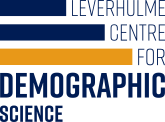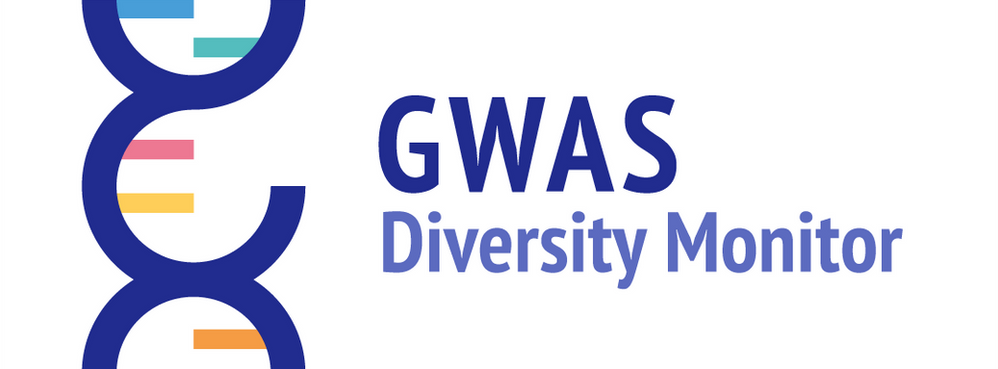Real-time monitor of genetic discoveries pushes for equality and accountability to expand medical advances in genetics beyond European ancestry groups
An interactive real-time dashboard will help scientists, funders, governments and editors ensure that the benefits of genetic research reach diverse populations across the world. Participants in genetic studies continue to be overwhelmingly drawn from individuals from European ancestry backgrounds from a handful of countries. 88% of discoveries are currently from European ancestry groups, which cannot be applied to other groups, creating further gaps in health inequalities. The GWAS Diversity Monitor promotes accountability to ensure that the medical advances from genetic research are not restricted to specific groups and reveals which diseases have and have not been studied across different populations.

The Genome-Wide Association Study (GWAS, pronounced ‘gee-woz’) is the main technique for genetic discovery, used to determine which genetic loci are associated with which traits such as an individual’s chances of developing cancer or diabetes. Genetic research has the potential to transform the way we diagnose and treat disease, which is increasingly important as we enter an era of personalised medicine.
However, the data used in these studies continue to come overwhelmingly from individuals from European ancestry populations. This is a serious problem, since the genetic results derived from one population are not directly portable to other ancestry groups, giving incorrect, misleading and even dangerous estimates.
As a result, already underrepresented and disadvantaged groups stand to miss out on medical advances which result from genetic research or even face serious misdiagnoses and potentially damaging side-effects from treatments. Due to the migration of populations over thousands of years, there is considerable variation in the frequency and types of genetic markers across populations, with European ancestry individuals having in fact, the lowest genetic variation. African-Americans, for instance, have a considerably higher risk of developing chronic kidney disease due to a specific gene (apolipoprotein-LI, APOL1) which became more common in people from sub-Saharan African over the past 10,000 years.
The GWAS Diversity Monitor helps to solve the diversity problem, allowing scientists, funders, governments, editors and patient groups to understand which ancestry groups and diseases are being neglected. This interactive online dashboard developed and maintained by the Leverhulme Centre for Demographic Science at the University of Oxford and Nuffield College, aims to enable its users to identify gaps and take action.
Centre Director Professor Melinda Mills, who led the project, explains: “Our hope is that when researchers, funders, governments, reviewers and editors are considering research and investments, they stop and first look at what has and has not been examined by first searching the GWAS Diversity Monitor. It is a quick, easy and intuitive online visual tool that is publically available at www.gwasdiversitymonitor.com”.
The system is automated, checking daily for updates from a catalogue of GWAS results maintained by the European Bioinformatics Institute (the NHGRI-EBI GWAS Catalog). It visualises data in an accessible manner, allowing researchers to filter by population and disease and over time. The data, code and figures underpinning the GWAS Diversity Monitor are made freely available, allowing researchers to integrate it into their own work.
The GWAS Diversity Monitor was launched in the most recent edition of Nature Genetics. “There was a lot of hope for genomics and genetic discovery, and considerable money continues to be invested,” adds Professor Mills. “But even as studies get larger, there remains an incredible imbalance in the people being studied. This problem has been recognized, yet there was, until now, no way to systematically track it, break it down by disease and hold it accountable. The hope is that the GWAS Diversity Monitor will finally expose and then solve this problem.”
The announcement in Nature Genetics can be read in full online.
Watch a video of Professor Mills explaining the monitor.
Watch a demonstration of the GWAS Diversity Monitor in action.



